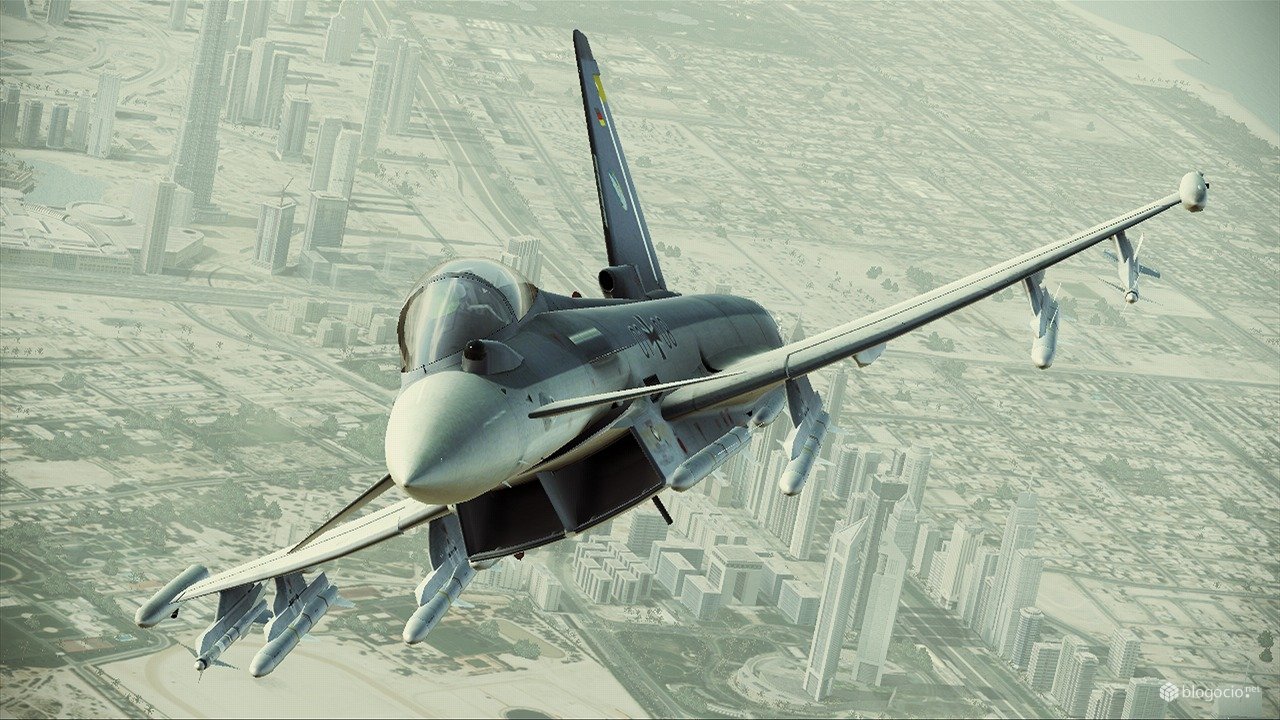I share a new installment of Behind The Mark of Odin: Creating a Saga with which I try to bring you closer to the process of creating all aspects related to the universe of ‘The Mark of Odin’. In this chapter I am going to talk about one of the aspects that stand out most in the plot of the first book, the piloting of fighter planes. As you well know, all of you who have read ‘The Mark of Odin: The Awakening’ in its plot there are numerous action scenes involving fighter planes. Today I will detail a little the process I followed to document and recreate, in the most faithful and dynamic way possible, the incredible sequences that appear in the book.
We all have countless images of action and aerial combat from all the movies we have seen recorded on our retinas. Who doesn’t remember movies like Top Gun, Firefox, Flight of the Intruder or Steel Eagle (and its many sequels), Tora Tora Tora, The Battle of Britain and a lot more from World War II, which were part of my/our childhood. If we add to them science fiction films in which space fighters were the main protagonists such as the classic Star Wars, Starfighter or the more “recent” Independence Day, Wing Commander, Serenity, Avatar… We find a lot of audiovisual references with which to start from a base with which to imagine new and incredible situations.
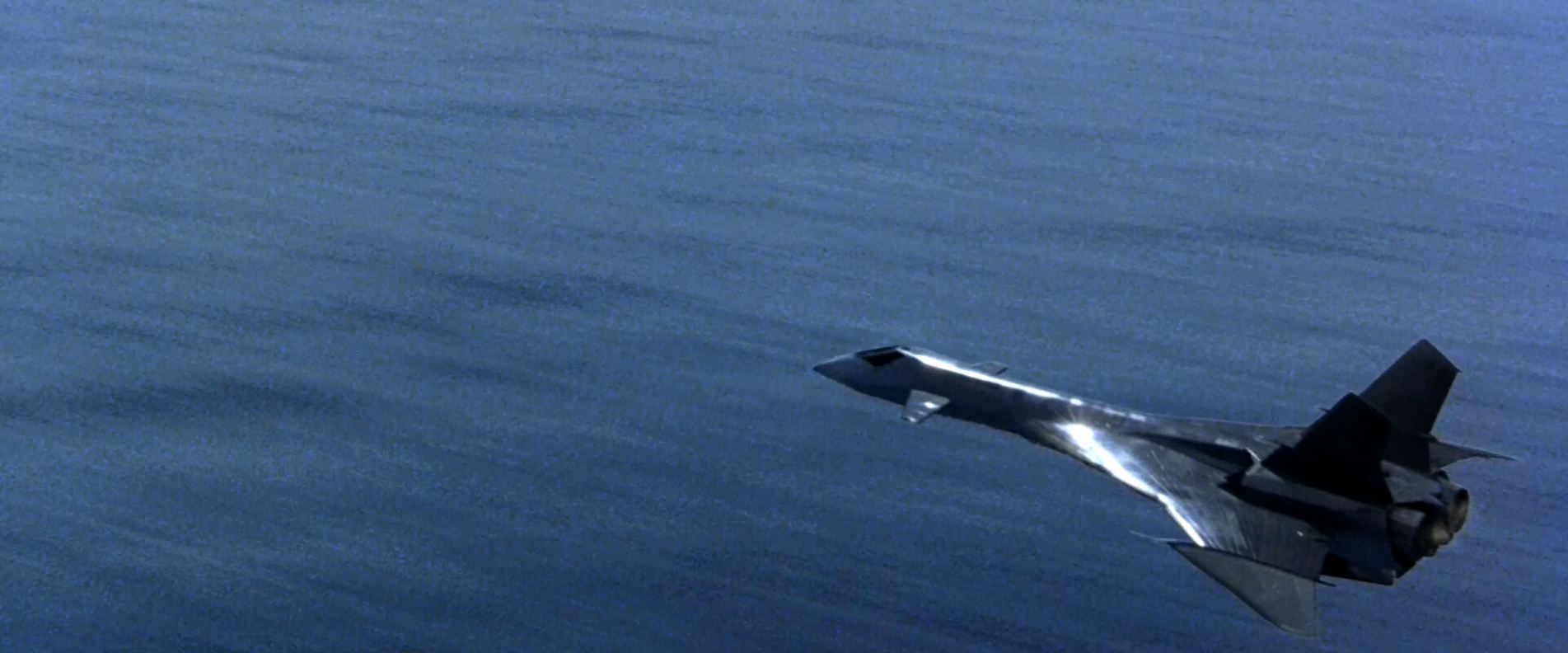
Without a doubt, all these films and many more, as well as television series such as Galactica: Combat Star, which, by the way, I have always said is one of the great influences of the saga, have greatly influenced my perception and way of face the section of aerial action scenes. On the other hand, being able to talk to real fighter pilots, who tell you their experiences, anecdotes and experiences also helps a lot.
But of course, it is one thing to see an action scene or have it told to you and another to experience it for yourself. When creating and writing a situation, it is enriched when one is able to provide more details resulting from one’s own experience and not just from imagining or having an element from a third party as a reference. So, the question is, how does a person stand up to experience what it feels like to pilot a fighter plane without being a pilot in the Air Force?
My real experience with airplanes is limited to flying with commercial airplanes and, well, with small Cesna-type planes when I have gone skydiving. Of course never driving. So, again, how to answer the big question?
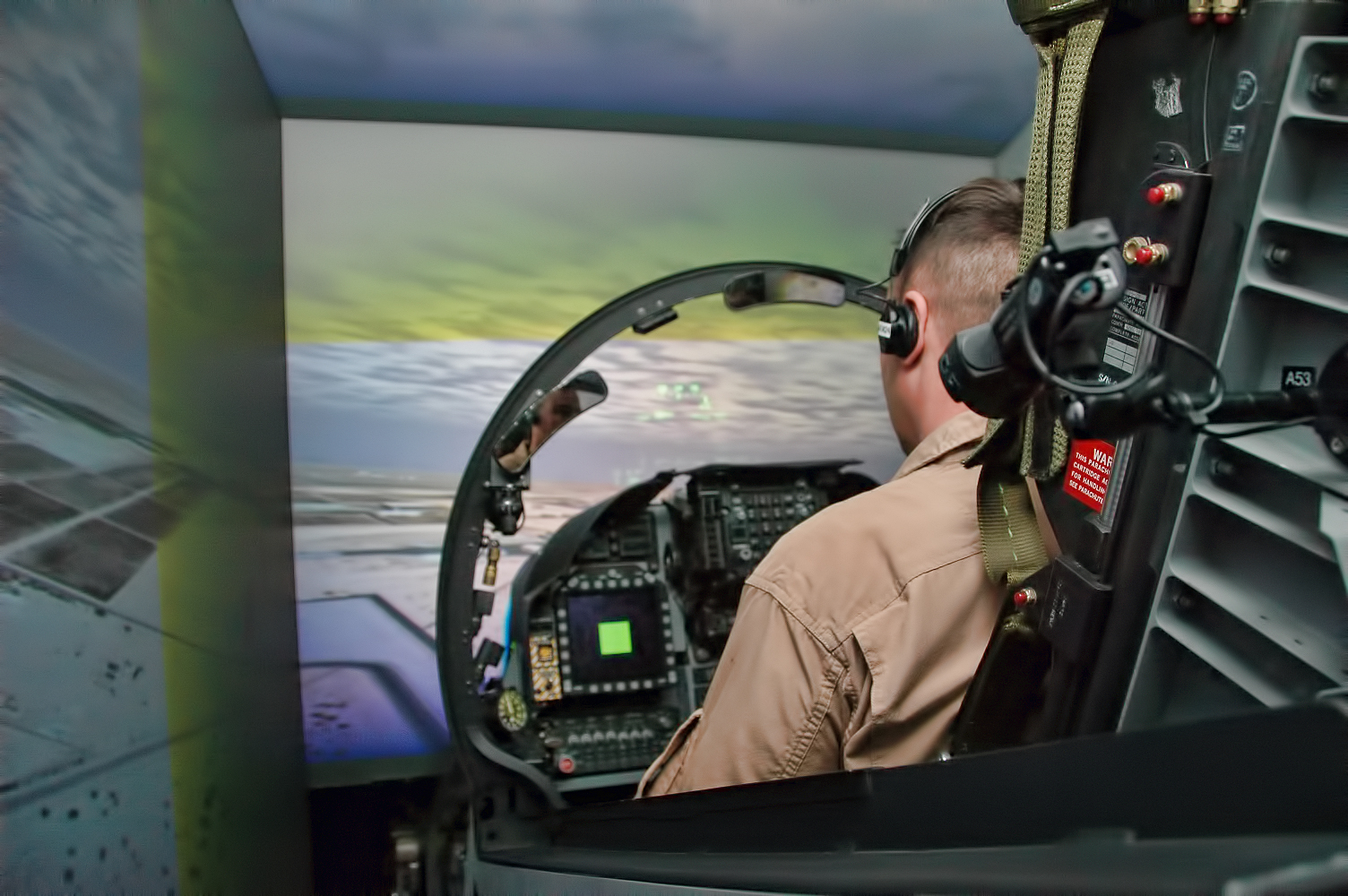
The answer is to use a virtual simulator. Obviously, it is not the same as being in the cockpit of a real airplane and experiencing the sensation of speed of a jet fighter, as well as the force of gravity with each maneuver. But without a doubt it is the closest thing. Back in the day I was lucky enough to be offered the chance to try a military aerial simulator of the AV-8B Harrier at the Rota Naval Air Base. This experience is possibly the closest to flying a real plane. In fact, currently, Air Force pilots are obliged to carry out a series of flight hours periodically and, when it is not possible to actually do them, you already know that the economic crisis puts pressure on everyone, since they can make up for them with hours in the simulator.
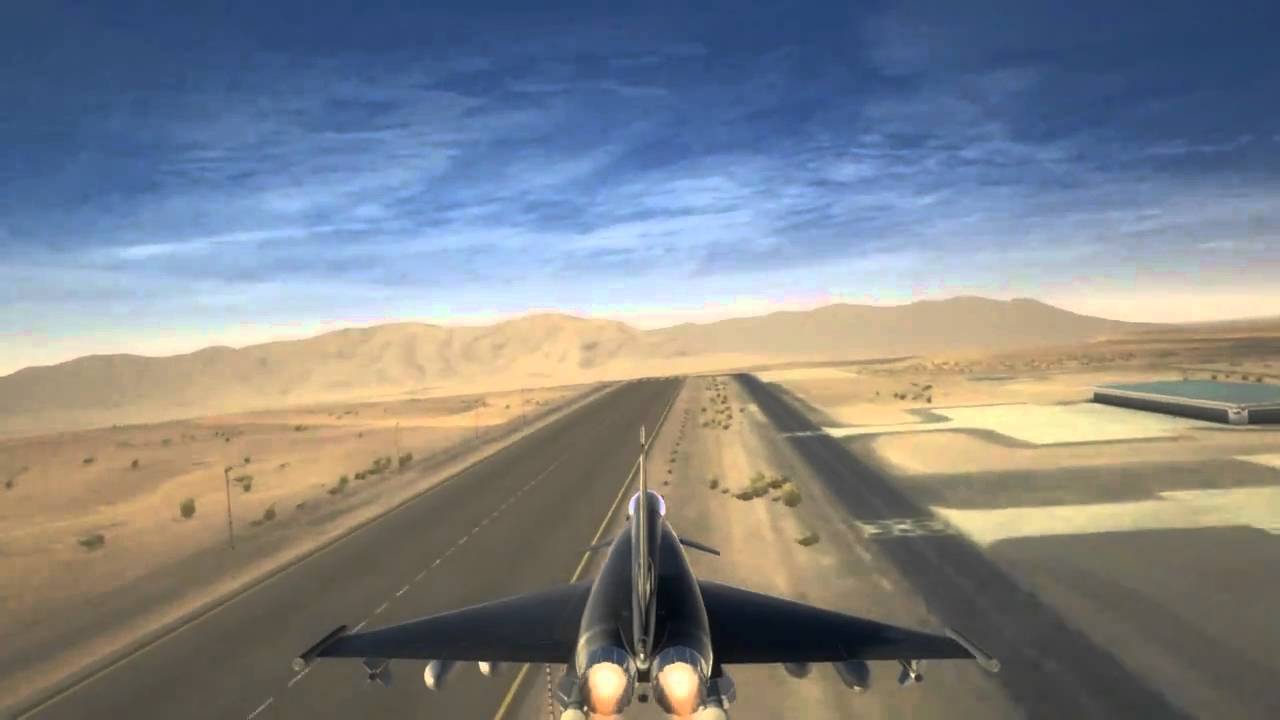
But of course, it cannot be said that a civilian can have access to material of this type as often as we say, in fact only a lucky few achieve it. So, how to complement this experience? Well, with the extensive and wide range of aerial simulators available for PC, as well as simulation video games and aerial combat. With them one can recreate countless situations that can then be extrapolated to the text. Without a doubt, the first aerial simulation “video game” that fascinated me in this sense was Super EF 2000 from the extinct Ocean, back in 1996. Its realism was such that apart from having to use at least one Joystic (which is recommended was to use two), each key on the keyboard had at least three different functions. In fact, the European forces of the Eurofighter program used it as a training system. Many games have followed that I have loved, some more realistic, others much more arcadey.
In recent years, some of the ones I used the most when recreating maneuvers were the two Tom Clancy Hawx and Ace Combat: Assault Horizon. The reason was its wide catalog of different aircraft and the recreation of many urban environments. Although it is true that the city of Seville was not among them, there were other cities that served as a reference for what could be a large-scale aerial combat in a city. You can imagine how many times I practiced the “trap bridge” maneuver until I could have it perfectly visualized and calculate how it could be carried out in the most realistic way possible, despite of course its infernal difficulty.
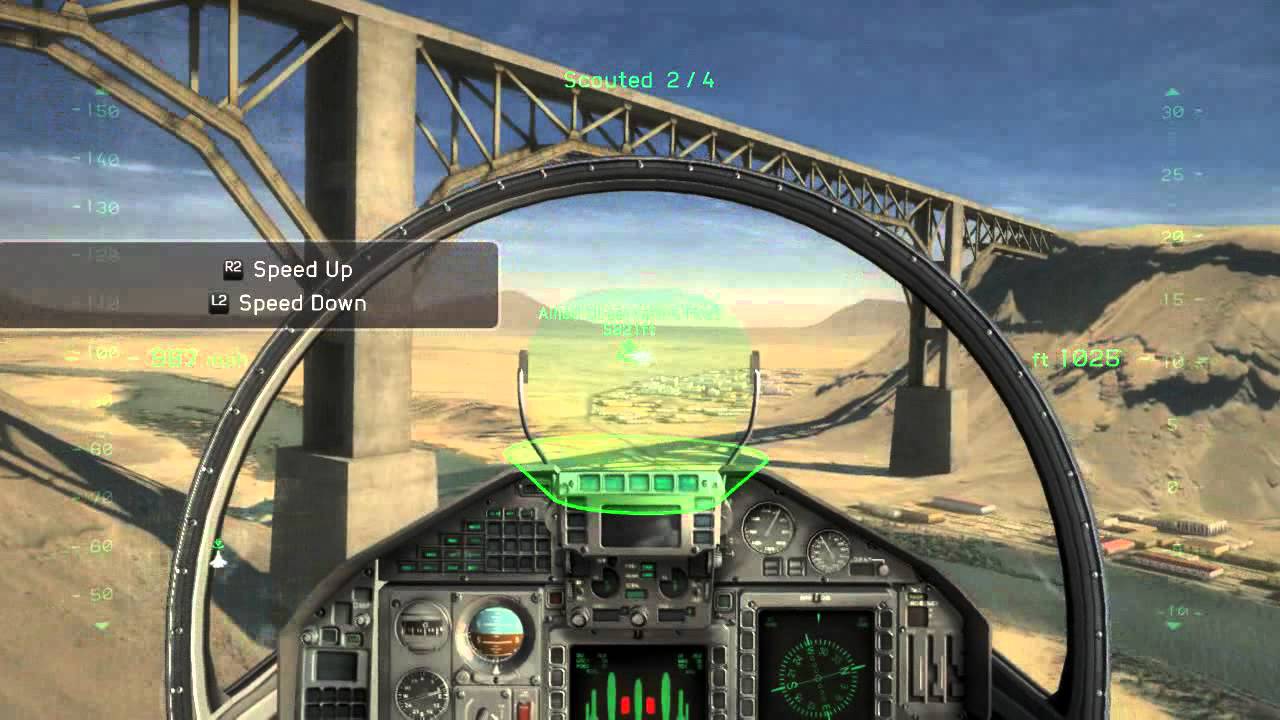
Well, and this is talking about recreating aerial action scenes, for the space theme I also worked hard but that, dear readers, is another story for later.
Remember, everything is connected.
Xavier Marcé

